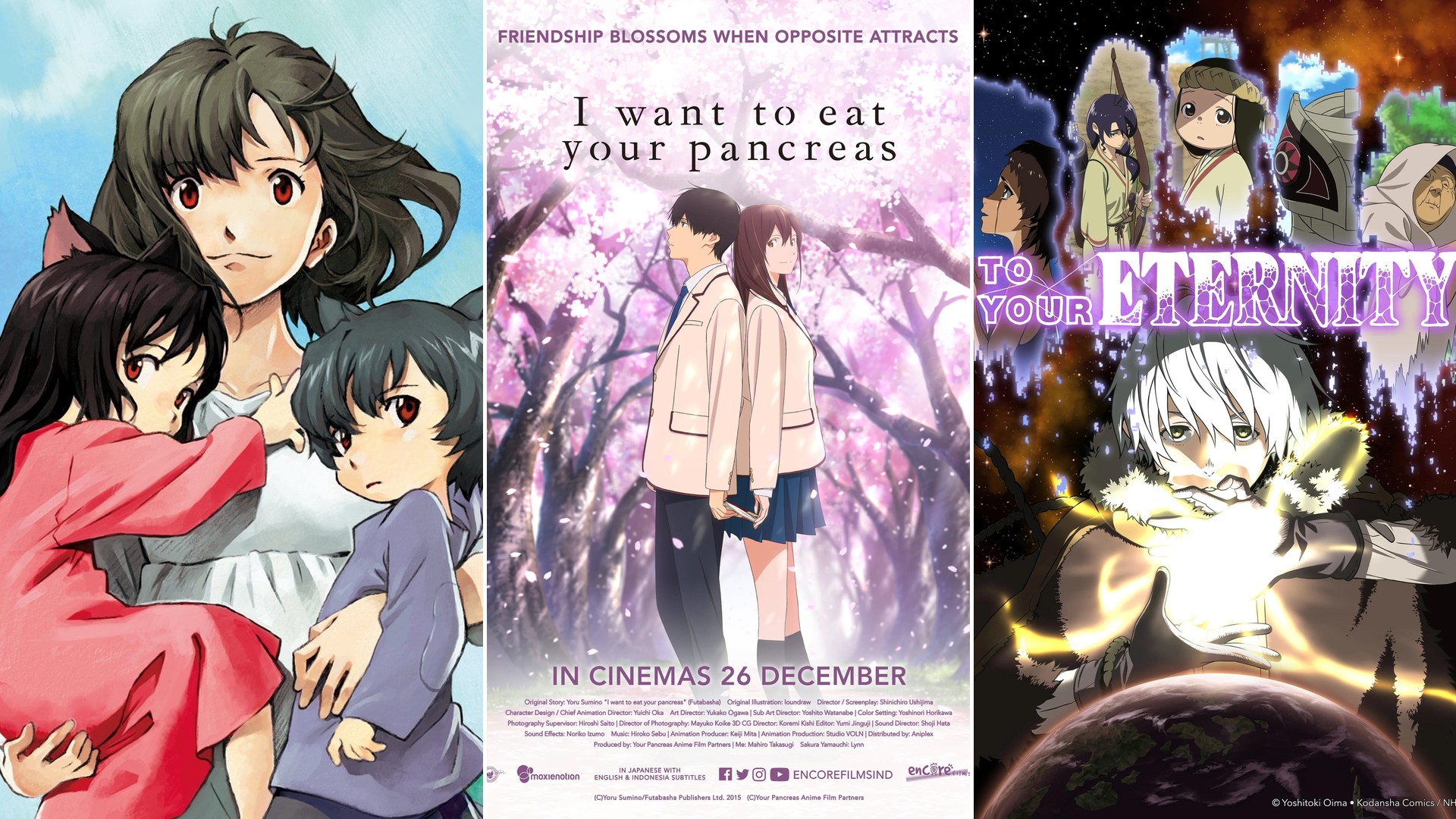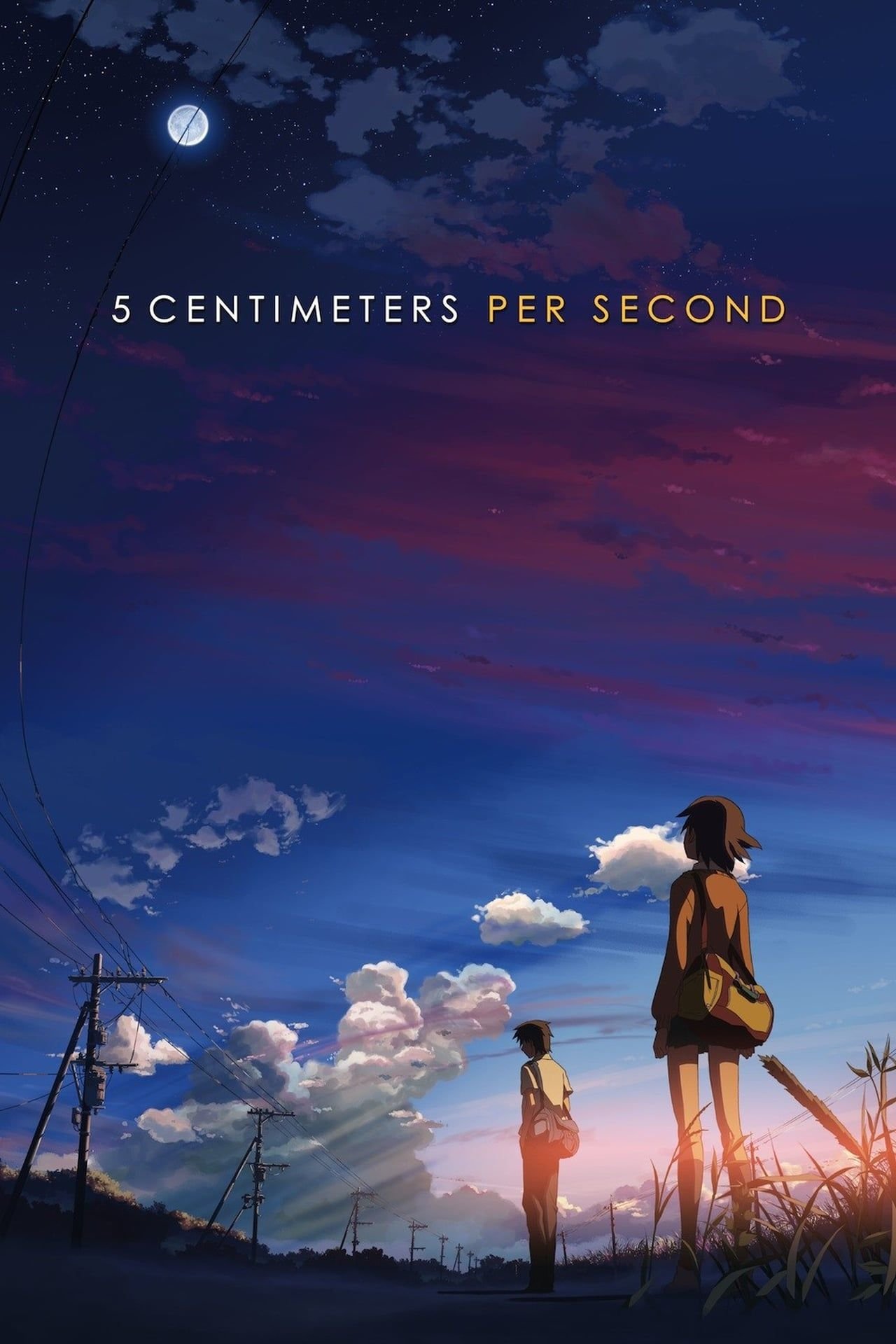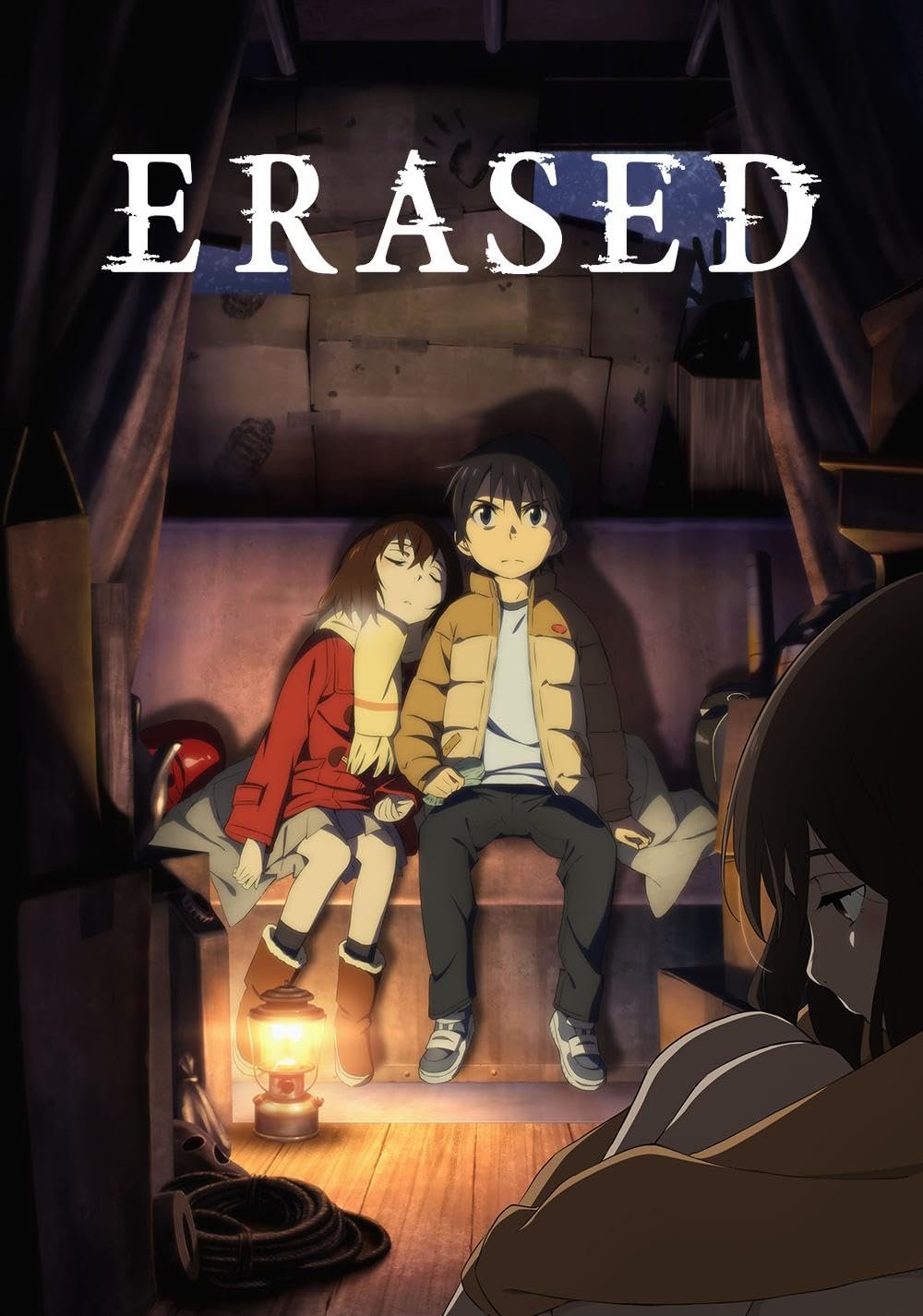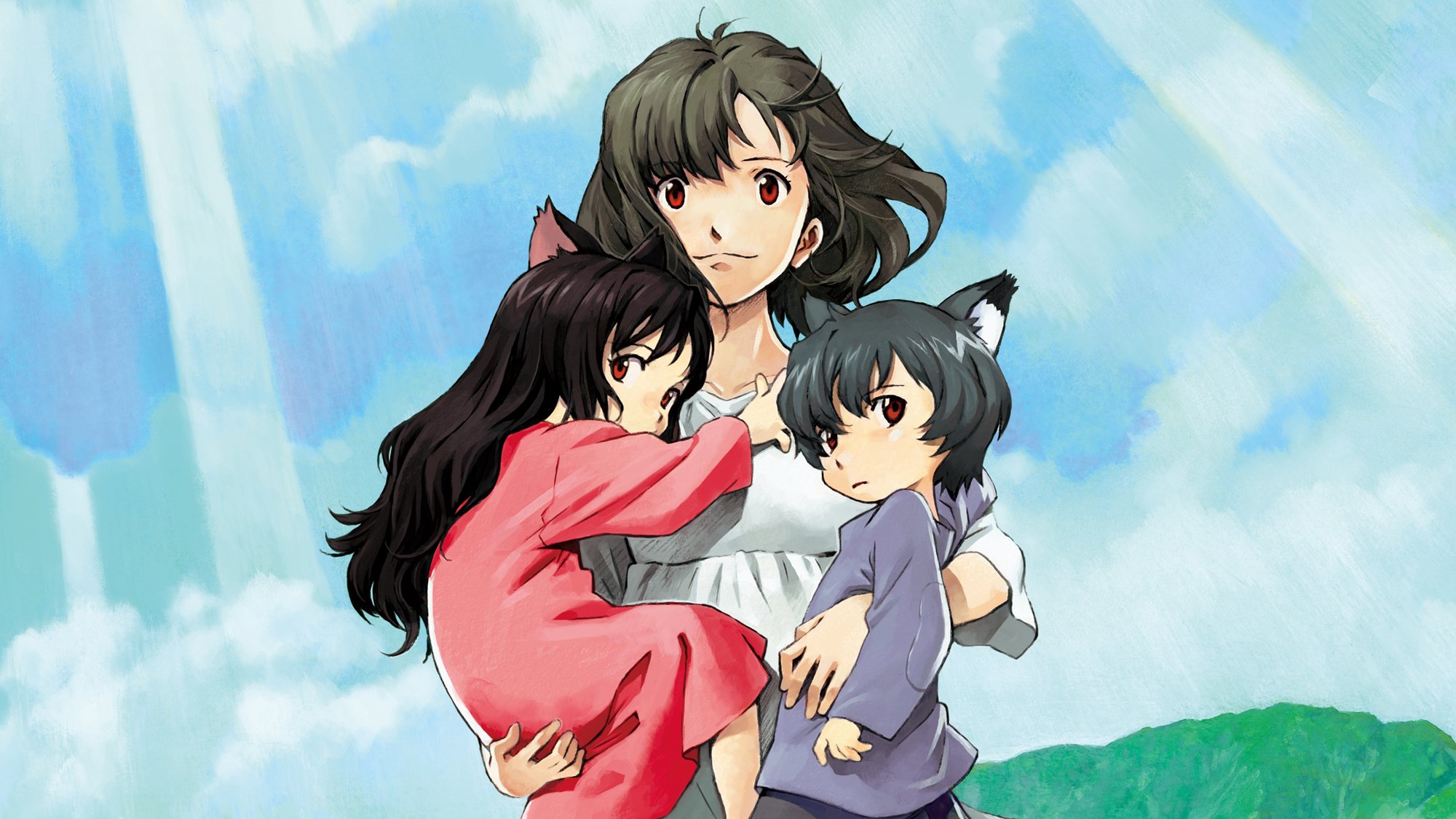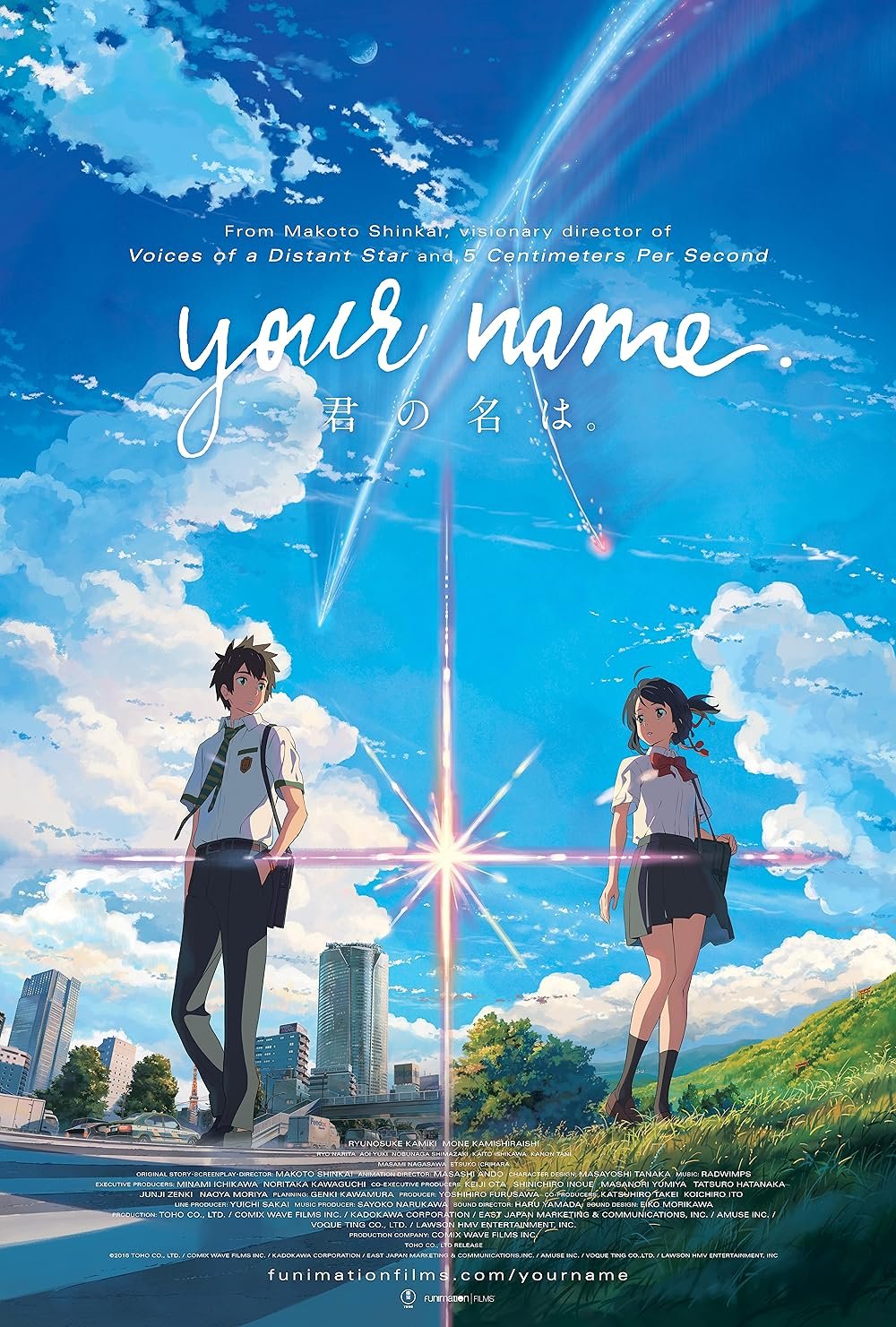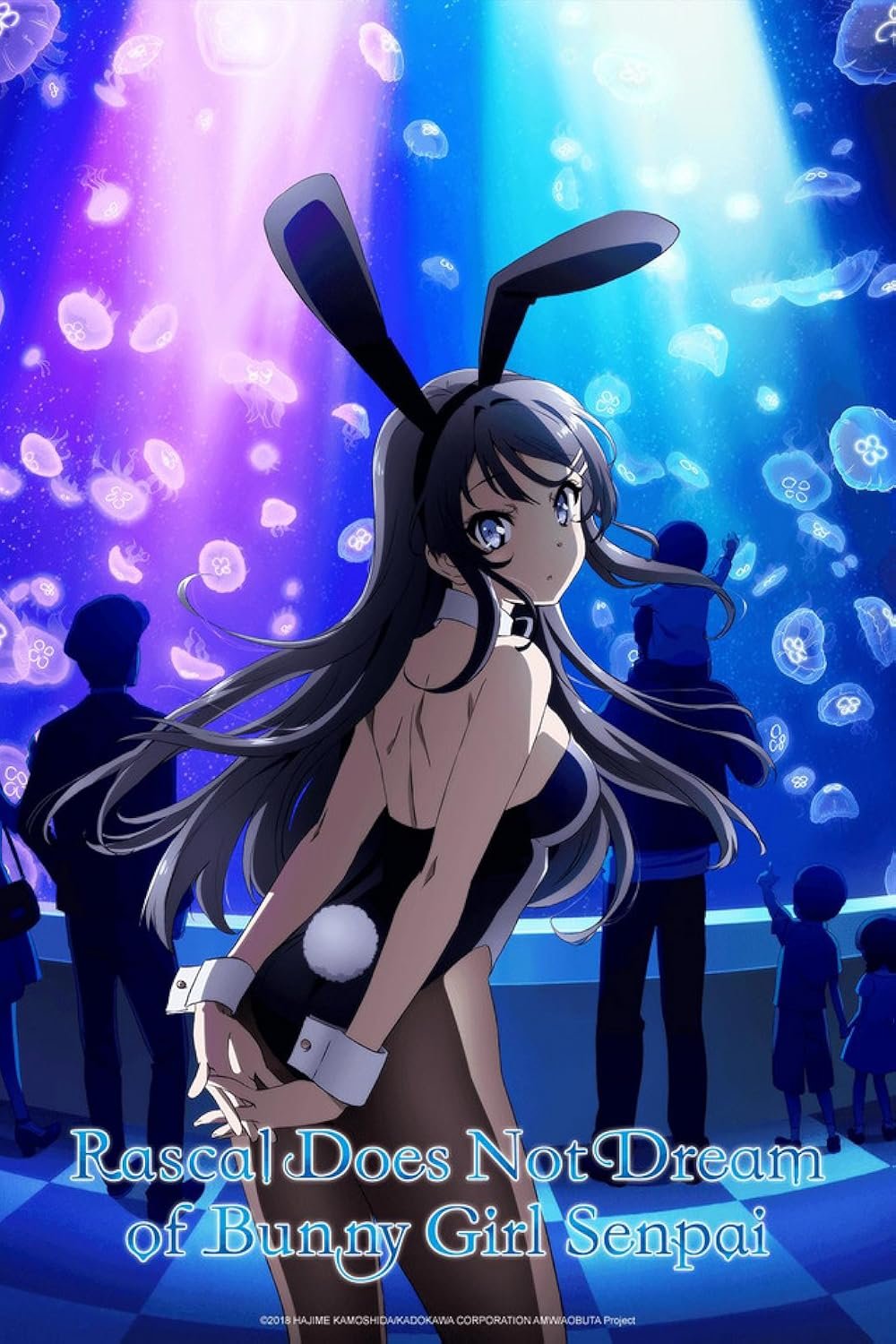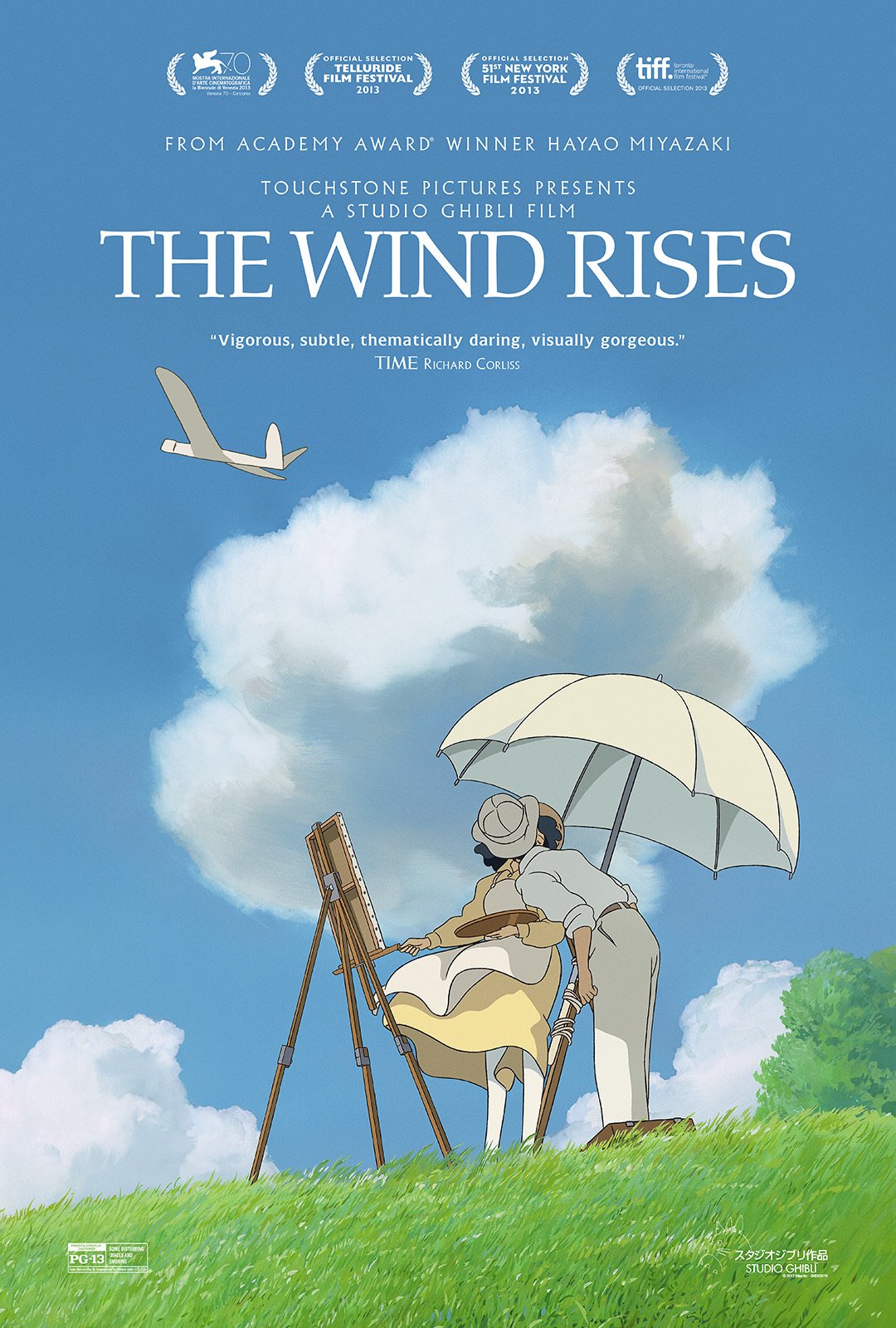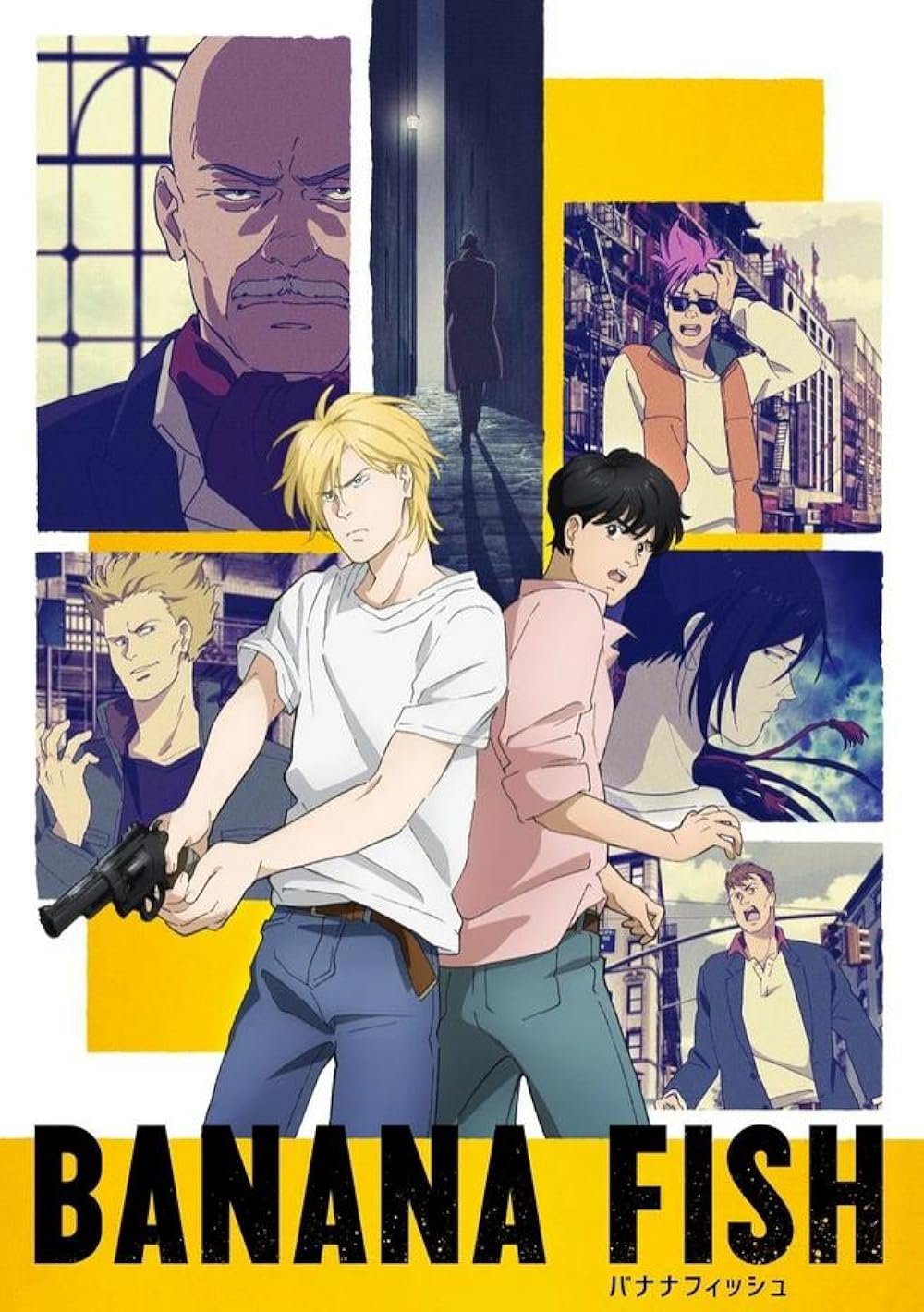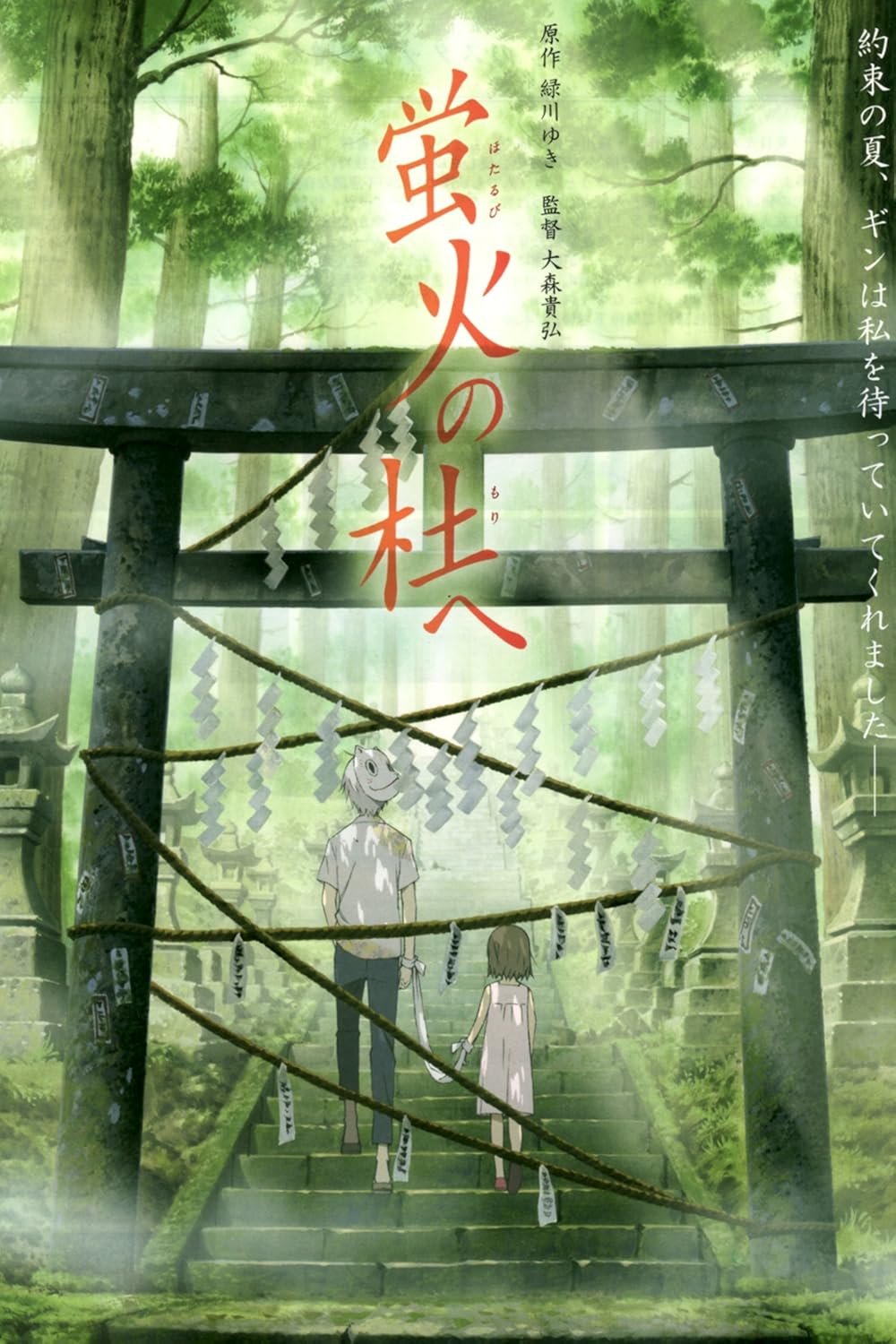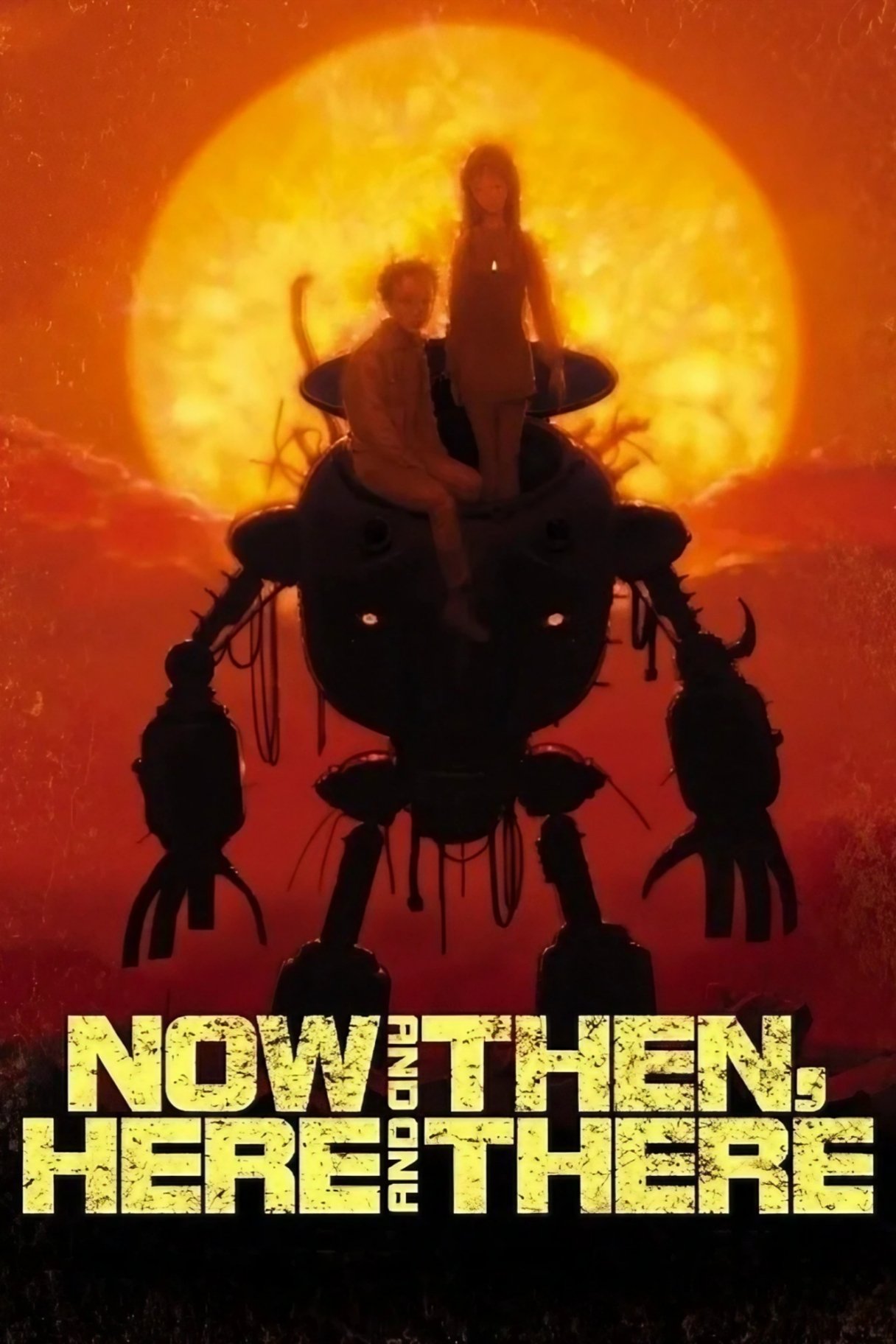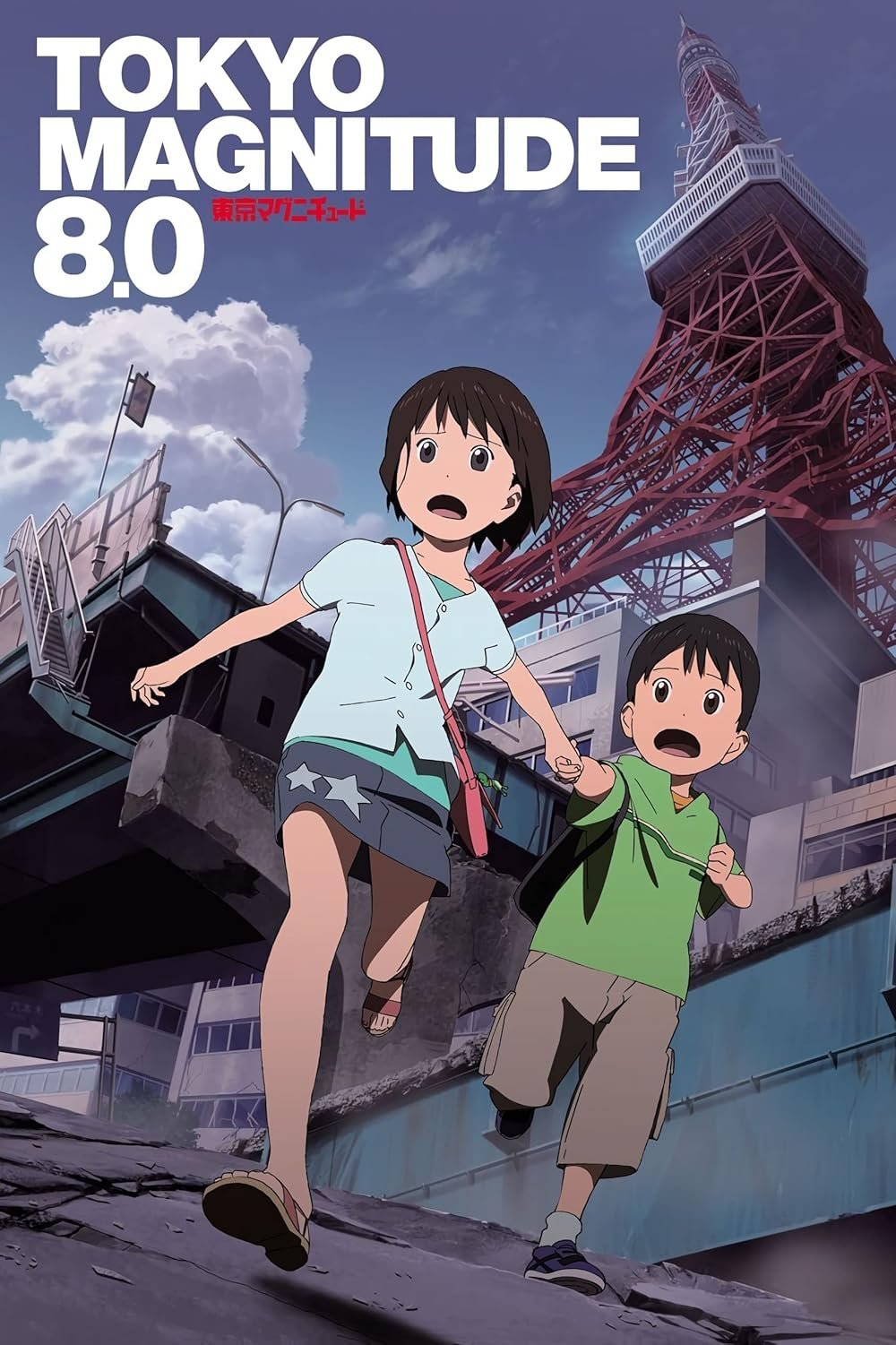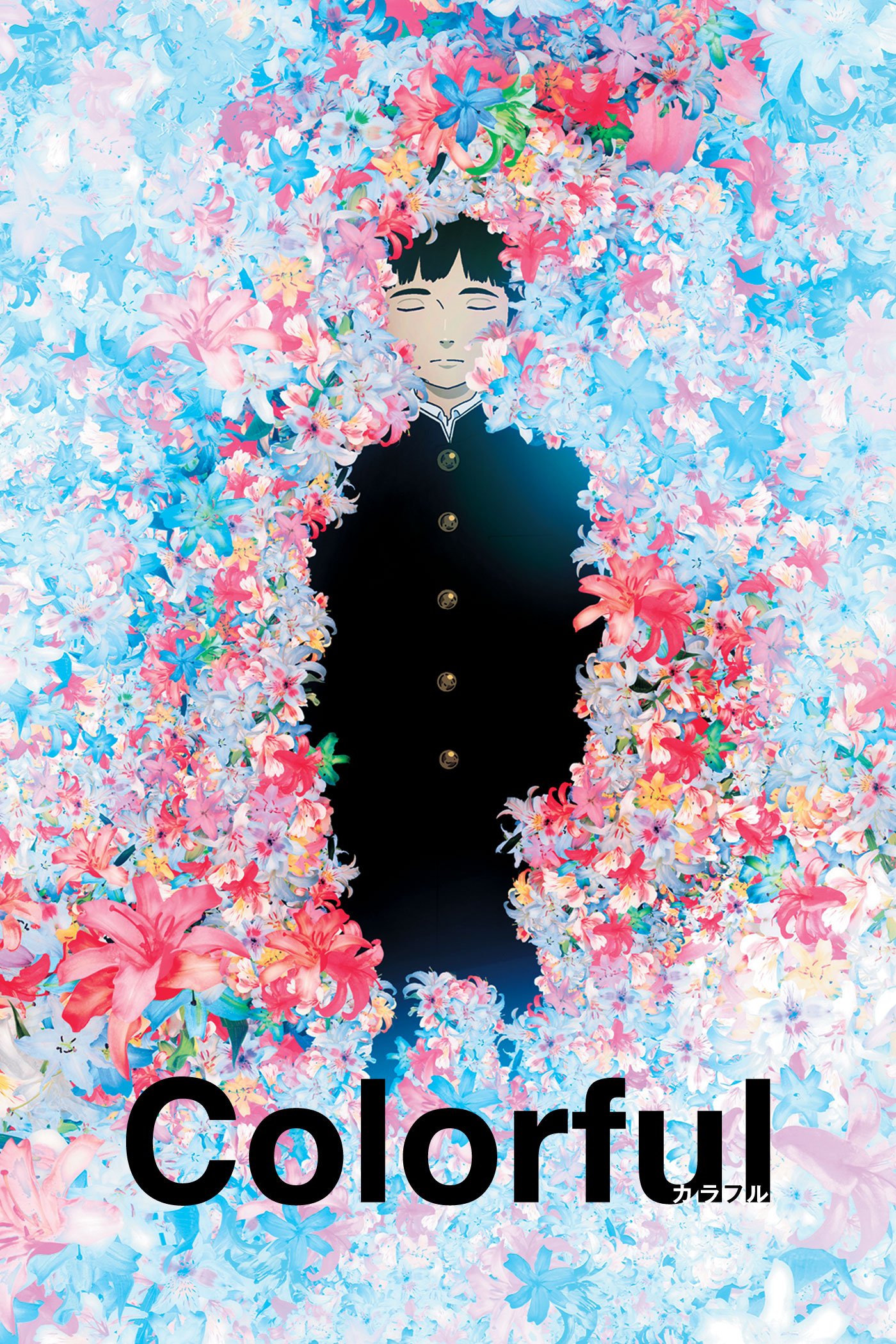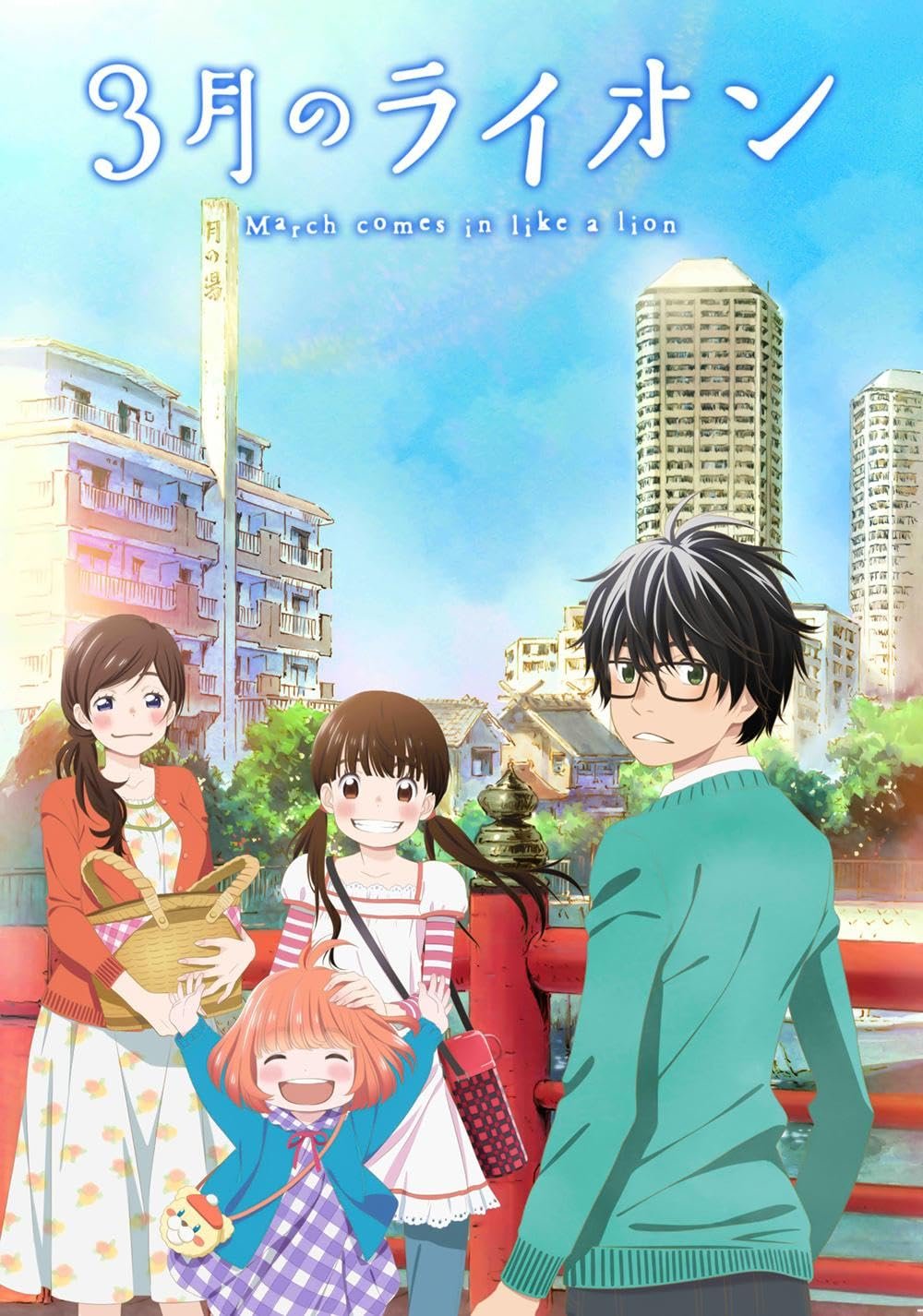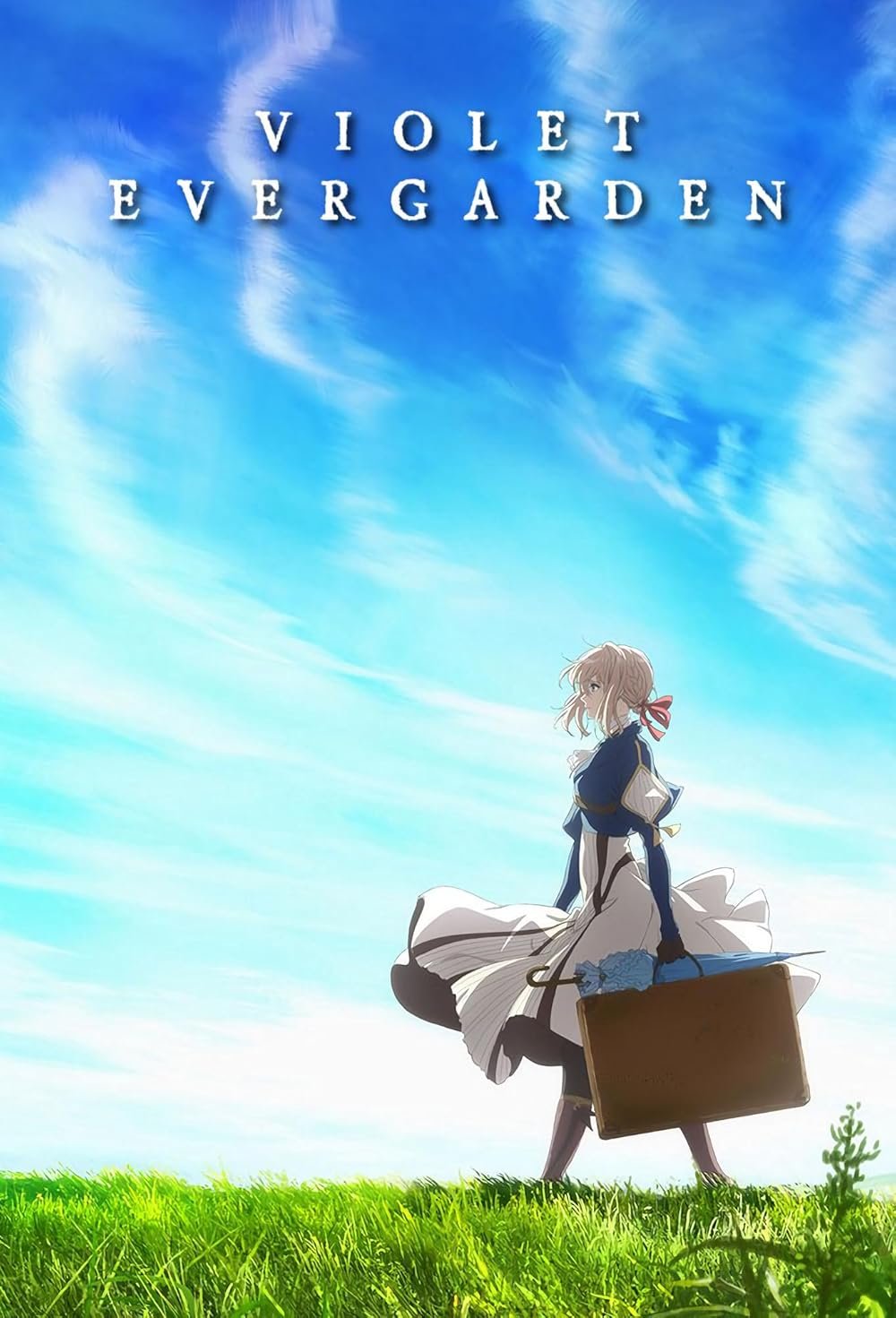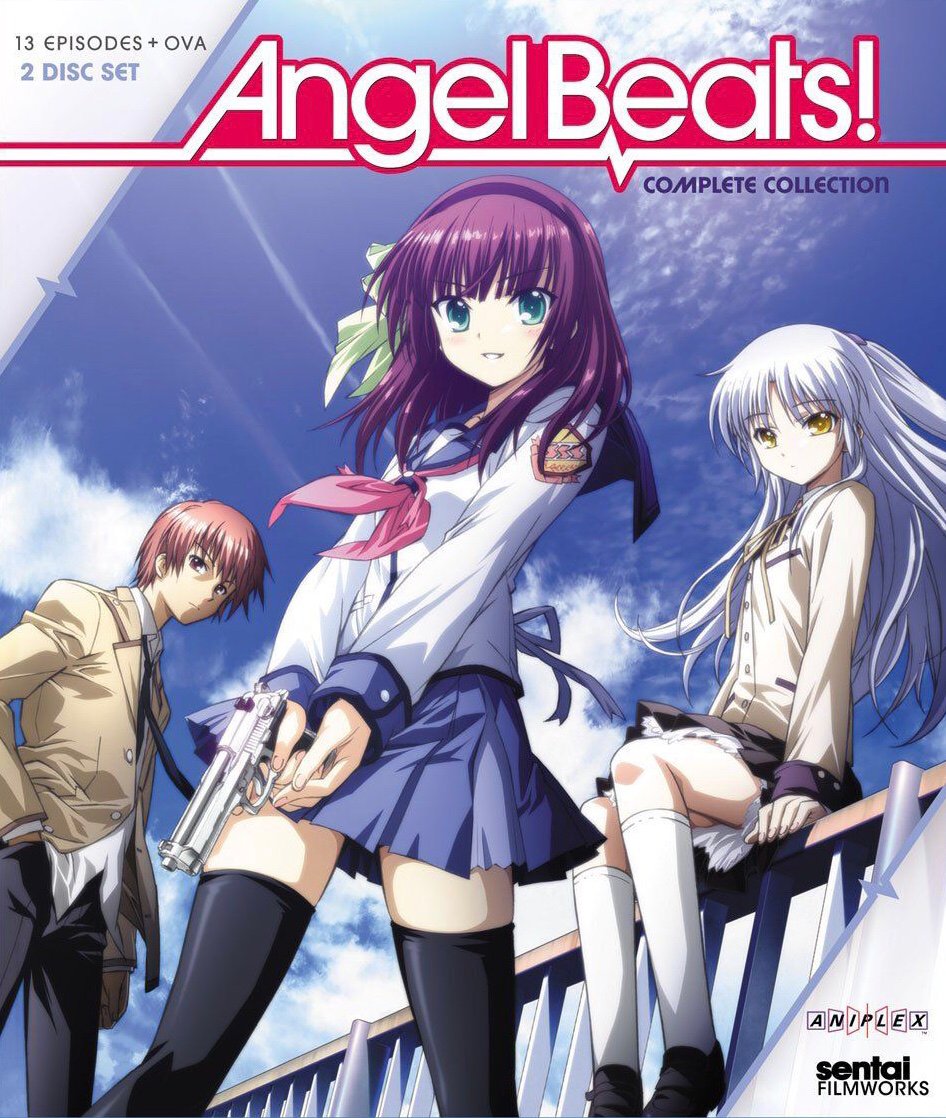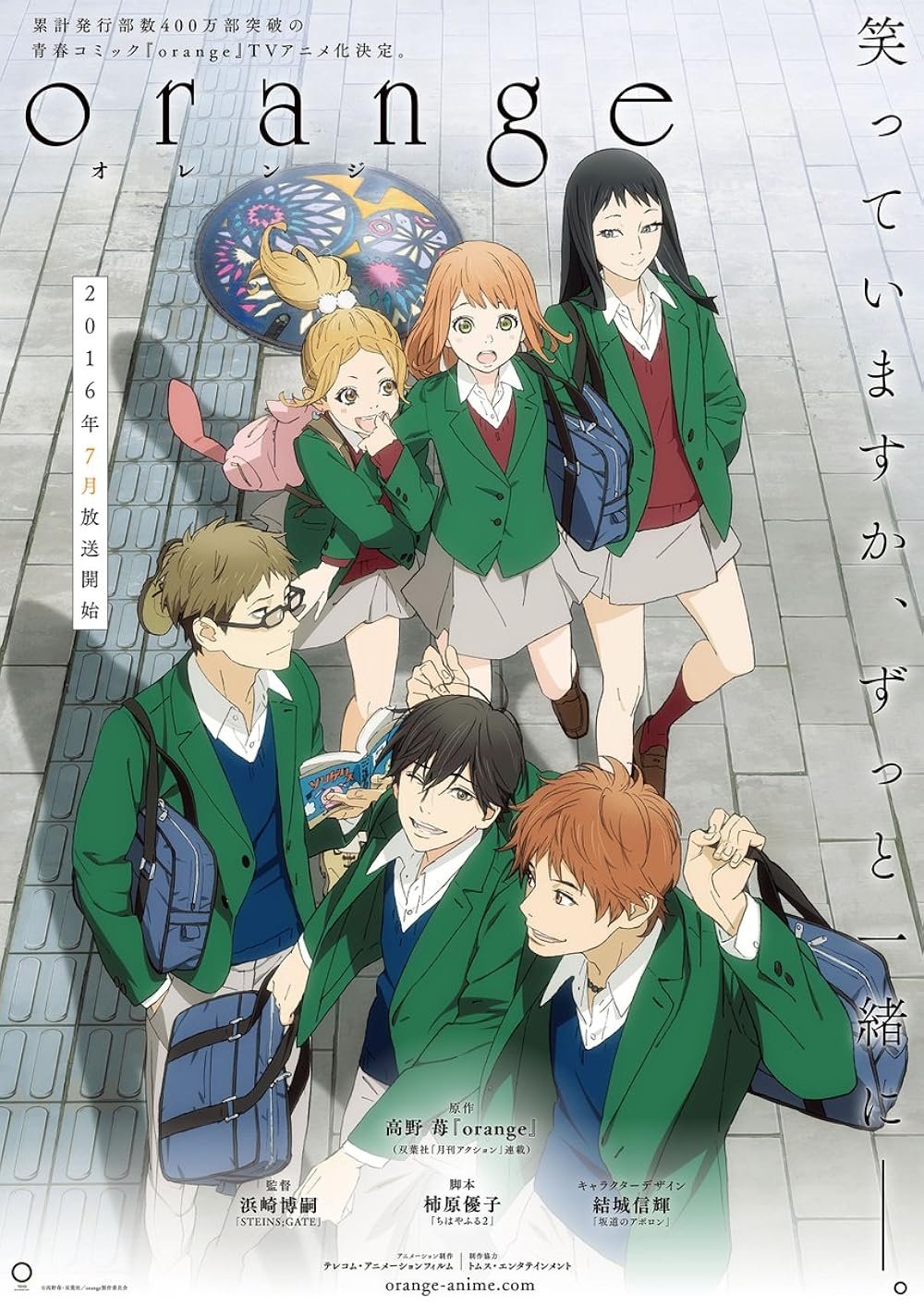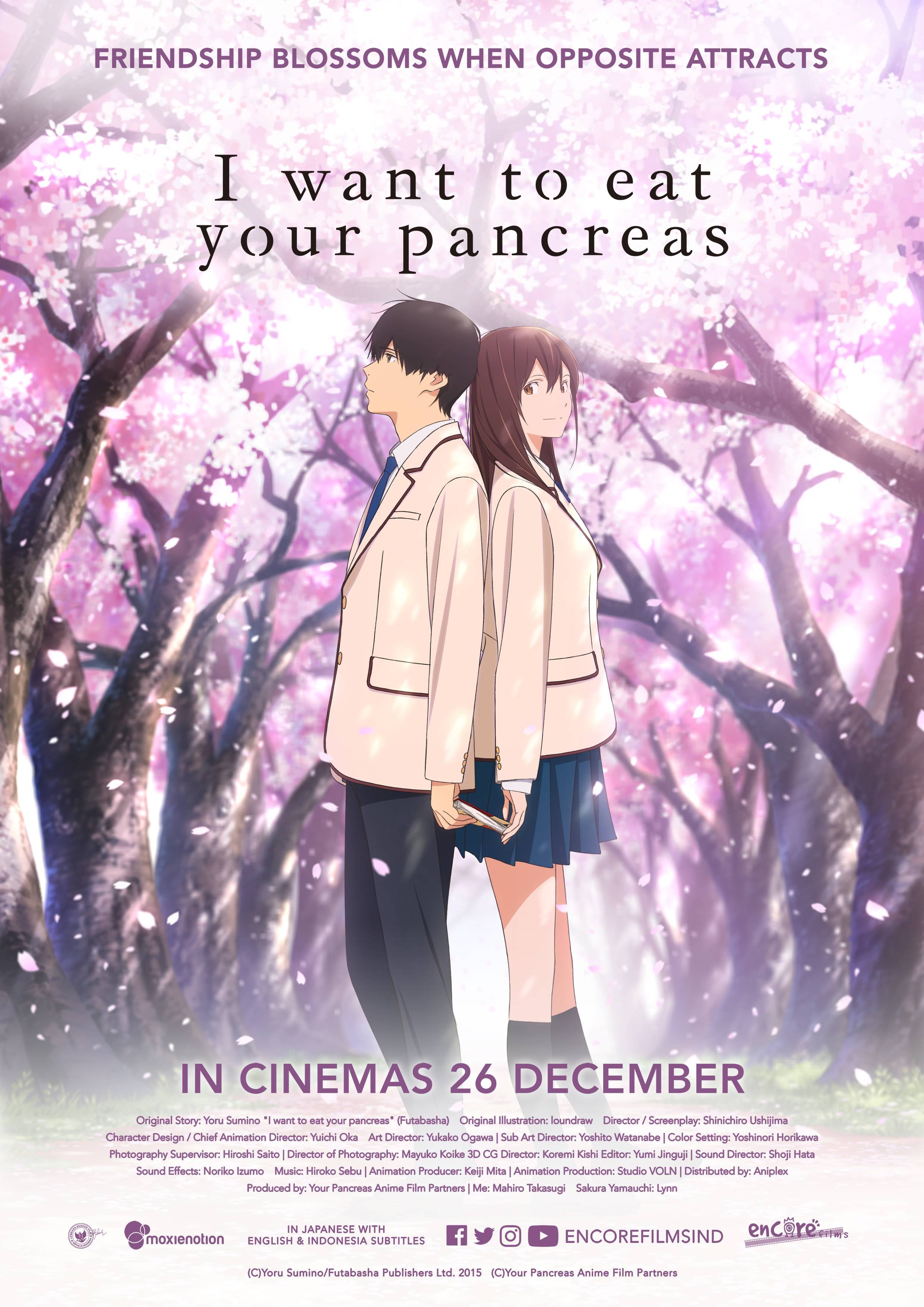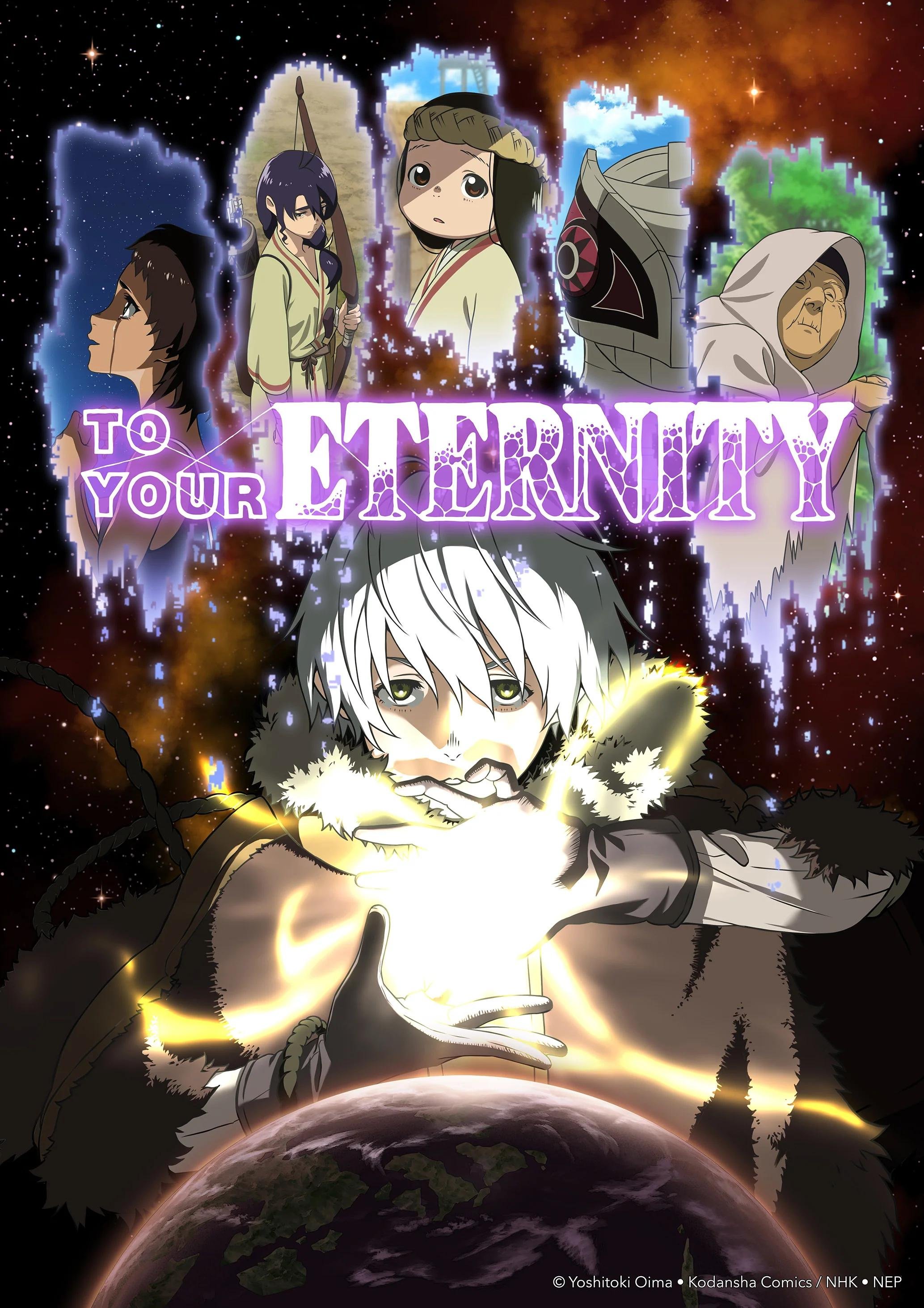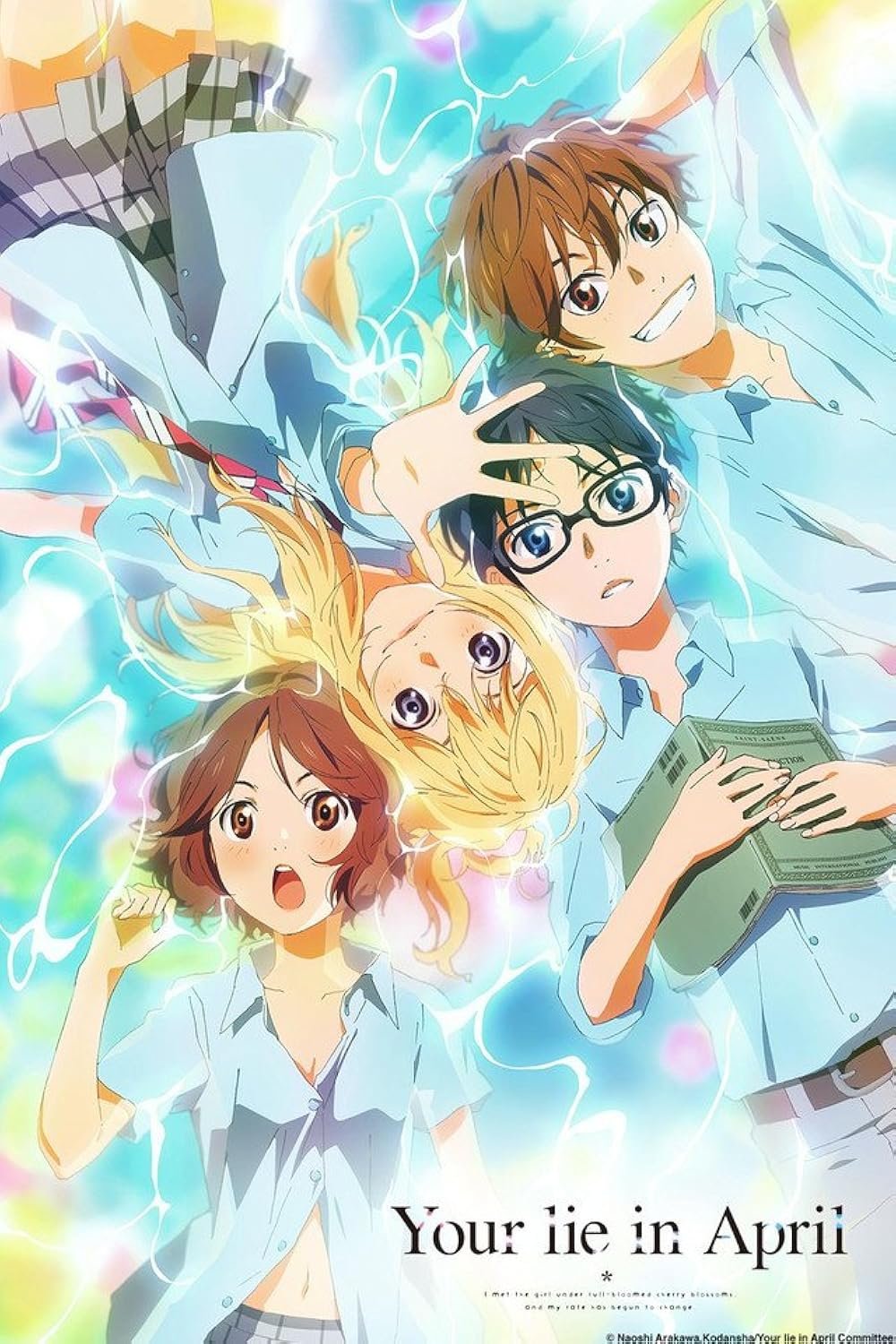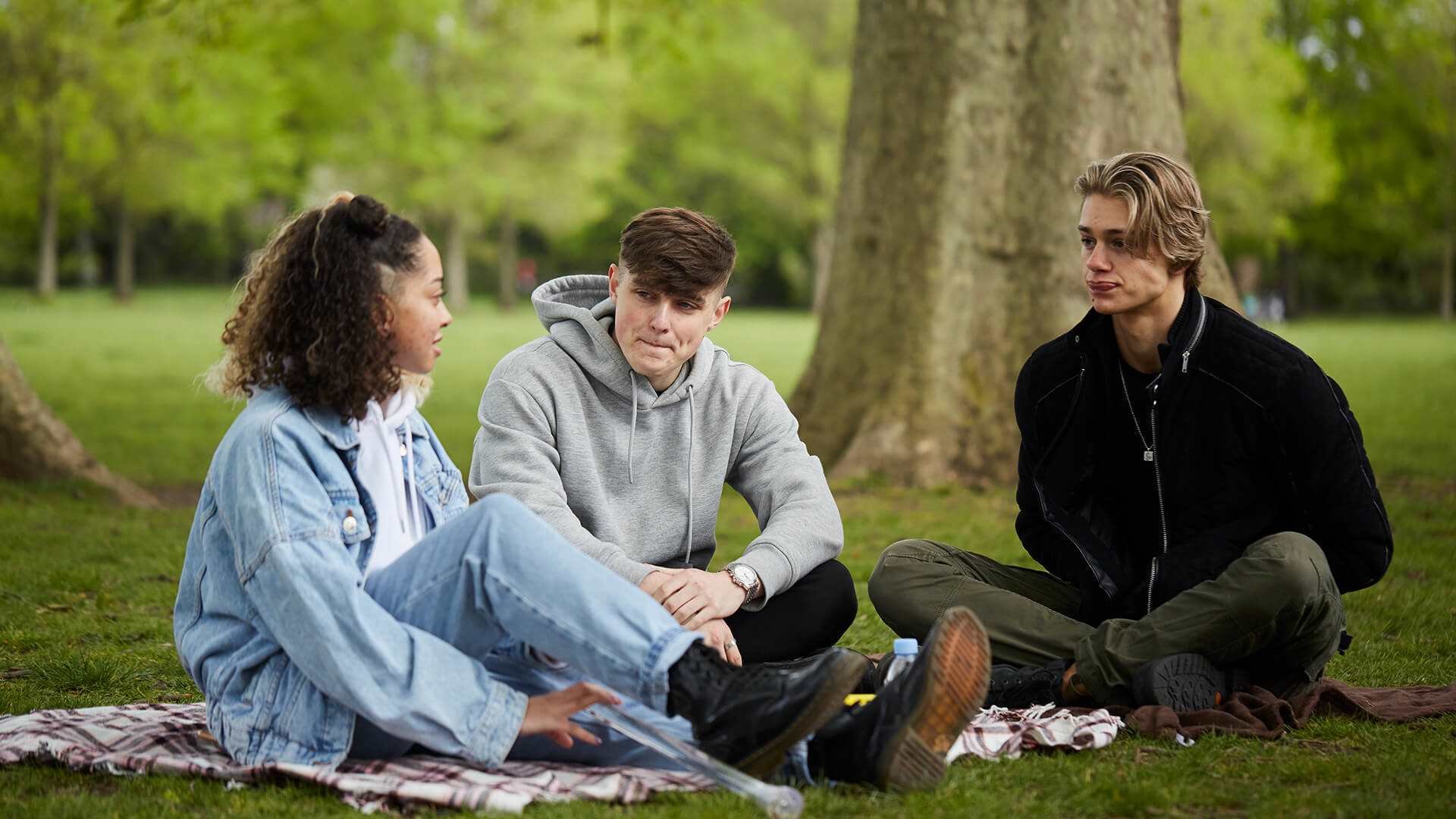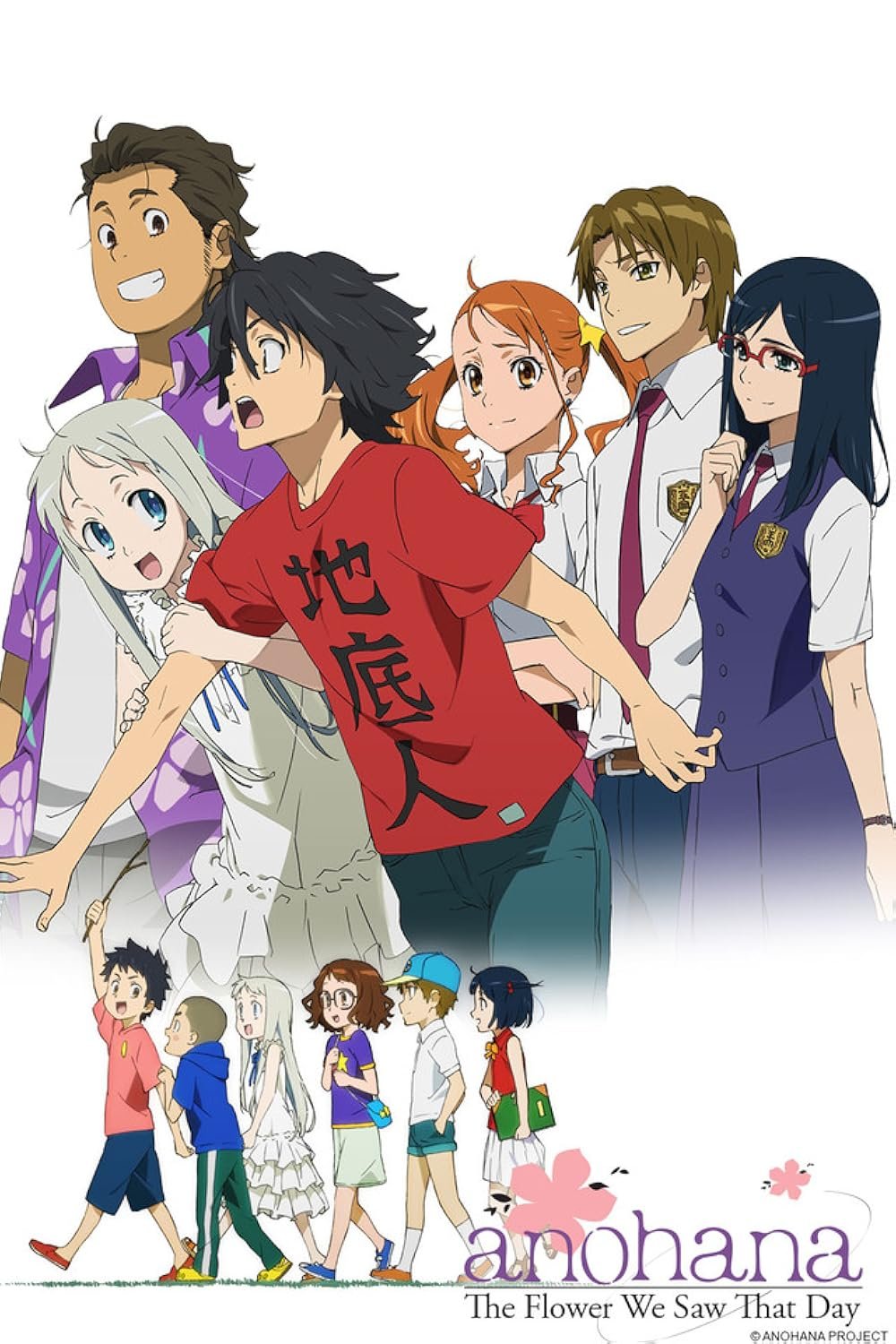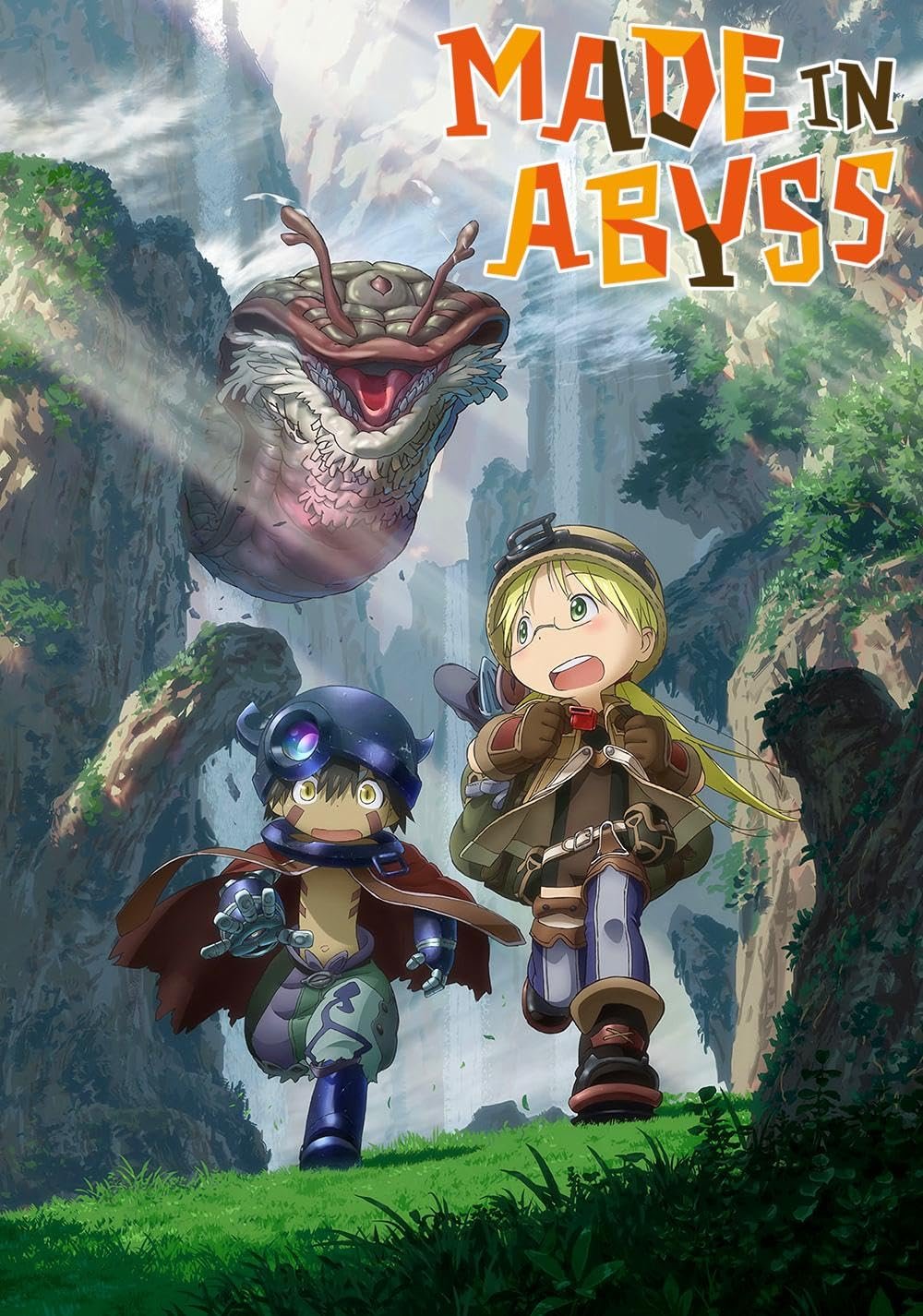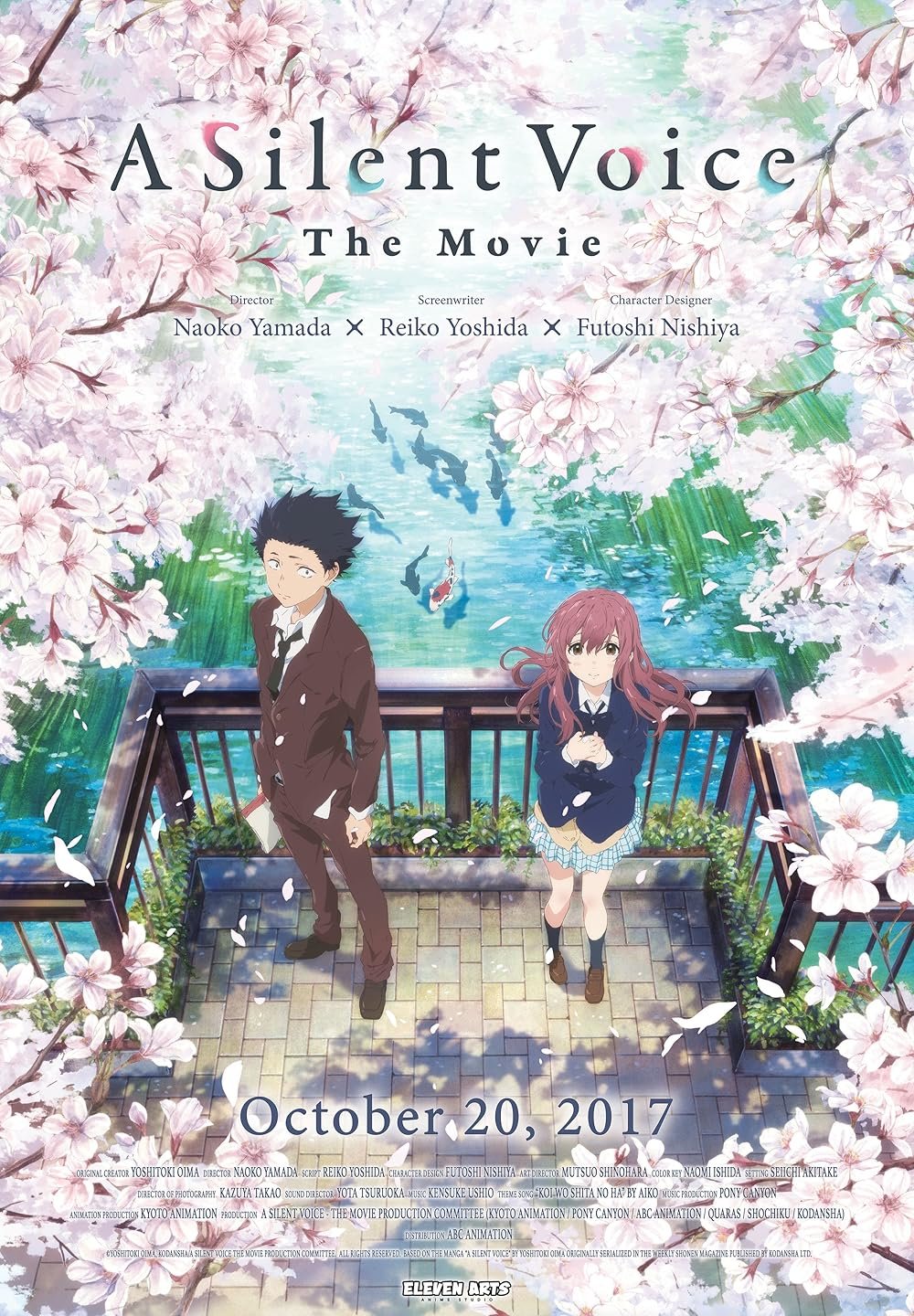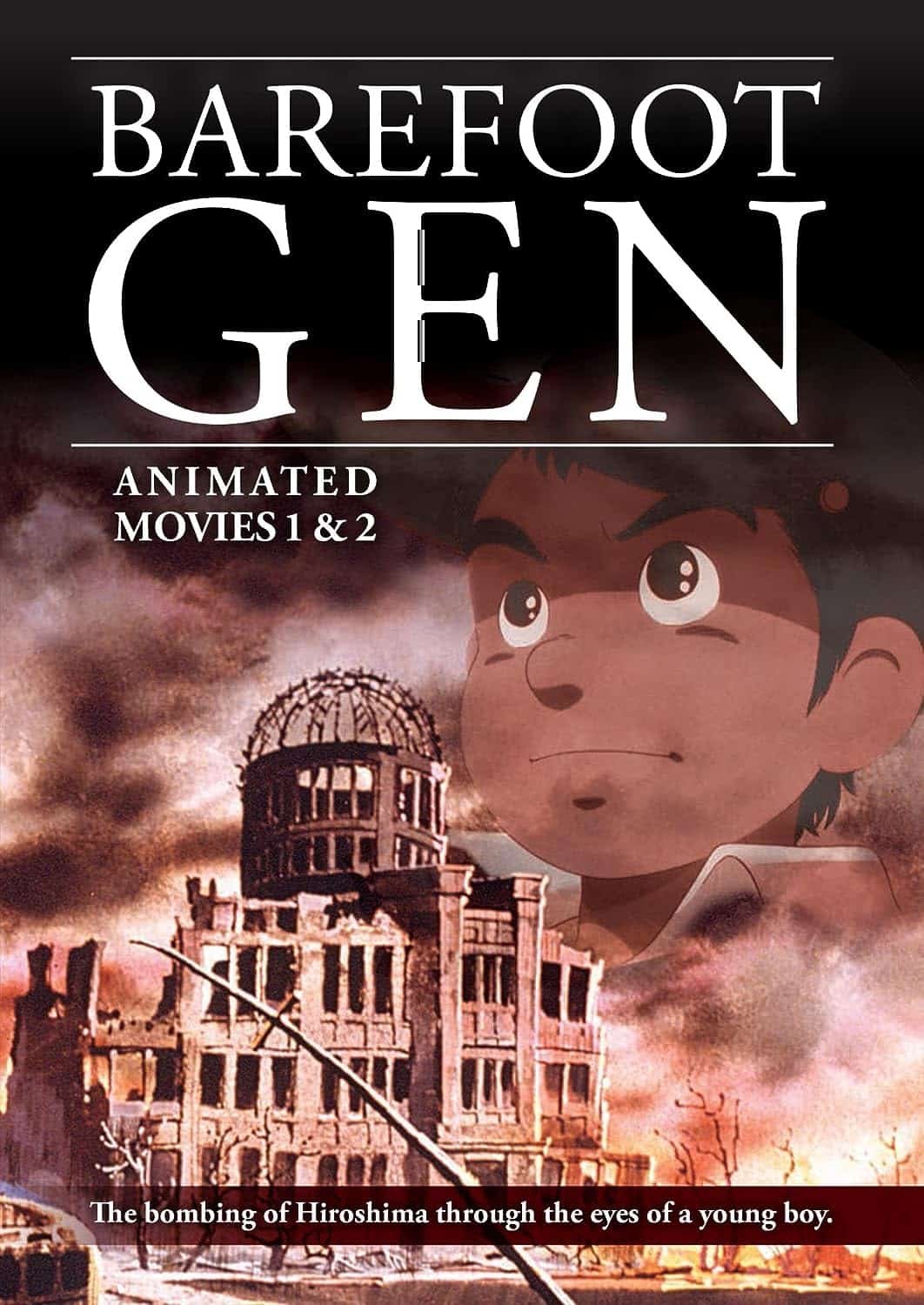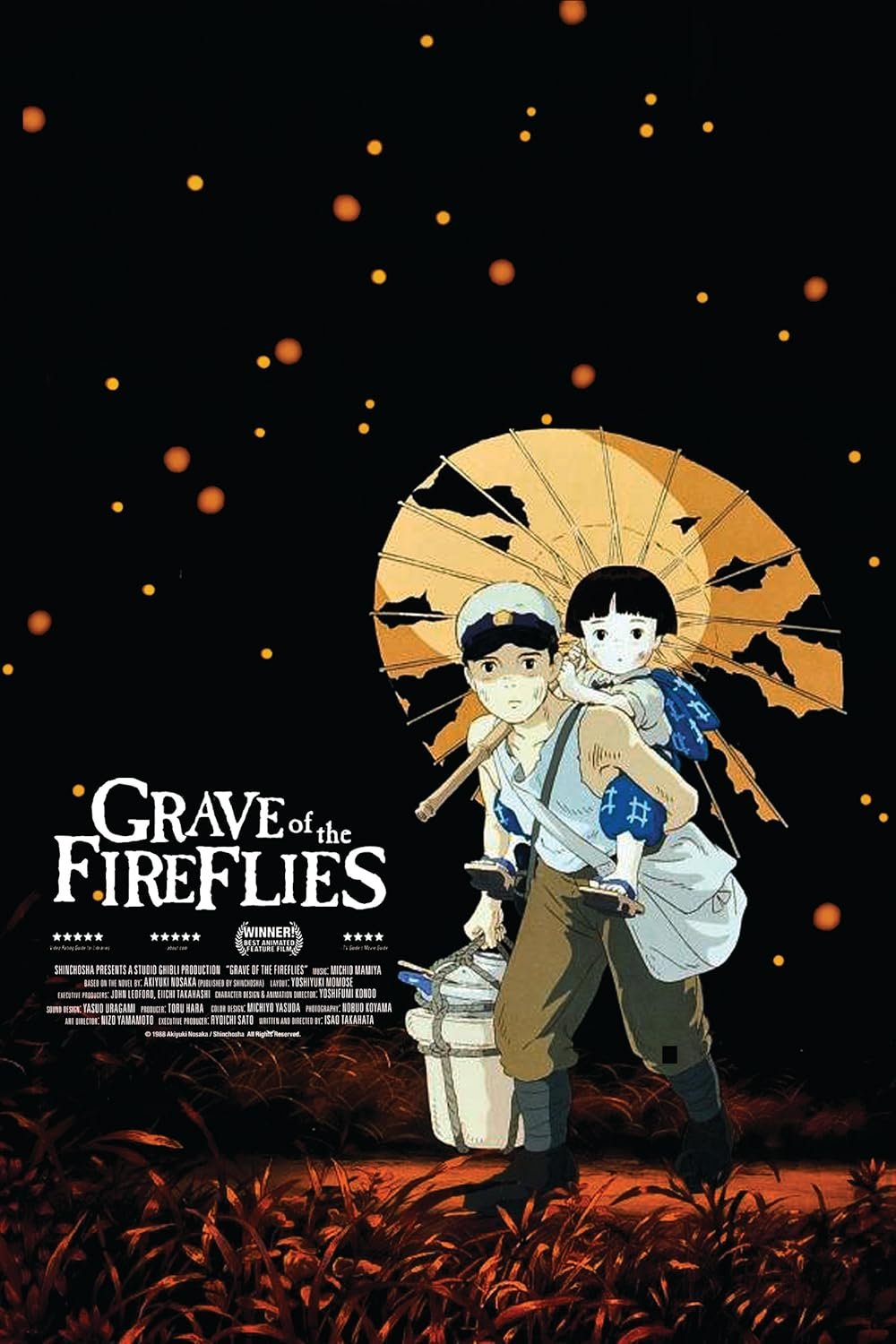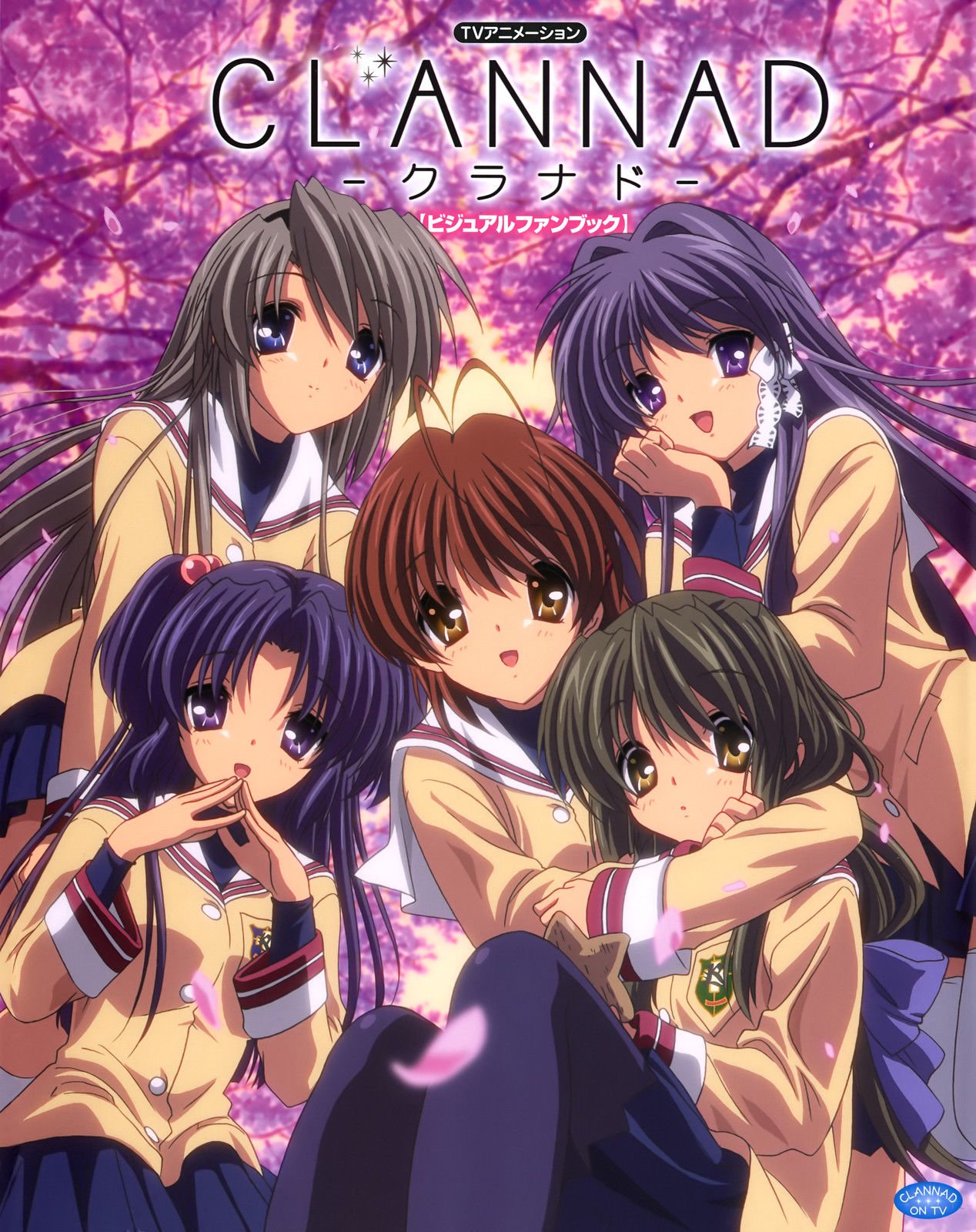Sad anime linger because they pair strong characters with losses that feel earned. This list counts down from #25 to #1, highlighting stories where grief, regret and love drive the drama and leave a mark.
Each pick balances emotion and craft, from quiet slice-of-life pain to war tragedies. Some heal, some do not, but all of them use simple human stakes to hit hard.
#25 5 Centimeters per Second
Long-distance timing sits at the heart of 5 Centimeters per Second. Three linked chapters show how tiny delays and missed trains snowball into years of separation.
The film’s quiet pacing and muted color palette mirror loneliness. You feel how memory freezes people in place while life keeps moving, an ache with no clear fix.
Its ending refuses easy reunion, which is why the sadness lingers. The last glances and drifting petals carry more weight than any speech could.
#24 Erased
Erased sends its lead back in time to stop a killer and save a classmate. The hook is thriller, but the core is childhood fear and the cost of not being believed.
Scenes of home life show how small signs point to abuse that adults miss. The tension comes from a boy trying to be brave without the power to change everything.
Its saddest beats are not the crimes but the moments of brief normalcy. A warm breakfast or a shared walk becomes a fragile lifeline.
The final act leans on accountability. Healing in Erased is earned by facing what happened, not by a neat reset.
#23 Wolf Children
Wolf Children turns parenting into an adventure of grief and growth. A young mother raises two kids who are both human and wolf, after losing their father.
Daily tasks become trials, but the film honors the quiet work of care. Small victories, like planting and school days, feel epic because love is all they have.
The ending accepts that kids choose their own path. The sadness comes from letting go with grace, even when it breaks your heart a little.
#22 Your Name
Your Name wraps body-swap fun around a disaster tale. The central pain is the fear of forgetting someone who felt inevitable.
Its city and rural images carry a bittersweet charge. Time slips, names fade and yet the pull to meet again becomes a stubborn hope.
The film’s middle stretch is its saddest, where memory erodes connection. Writing a single name becomes a lifeline that even time cannot fully erase.
By the end, it suggests that love can outlast lost years. The ache is in what they almost had and the thin thread that finally brings them back.
The mix of fantasy and ordinary life makes every small detail feel like a sign left behind.
#21 Rascal Does Not Dream of a Dreaming Girl
This story focuses on Shoko and the tangled timelines around her. It turns teen romance into a choice about who gets to live and who carries the weight.
The film hurts because it centers sacrifice without melodrama. Quiet hospital rooms and late-night talks shape the stakes more than any twist.
It respects the cost of kindness. Helping someone can mean losing another future and that trade leaves a lasting scar.
#20 The Wind Rises
The Wind Rises follows a designer whose dream of flight meets illness and war. Beauty and harm sit side by side in every plane he builds.
The love story is tender and doomed. Each shared moment feels borrowed time and every cough reminds you what the dream will cost.
The film asks if creating something elegant can be innocent. The answer is uneasy and that moral tension adds a deeper sadness.
In the end, the wind keeps blowing and dreams keep rising, but some pieces are gone for good. That quiet acceptance hits hard.
#19 Banana Fish
Banana Fish is a crime drama built on trauma and a fragile bond between Ash and Eiji. Violence shadows every attempt at peace.
What makes it hurt is how gentle moments are snatched away. A shared photo or a smile becomes proof that softness can exist even in a brutal world.
The finale is devastating because it feels inevitable. The show never lies about the price of survival in a system that crushes the vulnerable.
#18 Hotarubi no Mori e
In Hotarubi no Mori e, a girl befriends a forest spirit she cannot touch. The rule is simple and the tension is tender.
Summer visits grow into a relationship built on restraint. Every near touch is a risk that could end their story.
The climax is brief and shattering. One moment of closeness carries the weight of all the time they could not share.
The film is short, but it lingers. It proves that a single boundary can shape a whole life.
Silence and cicadas do more than dialogue here, making each scene feel fragile.
#17 Now and Then, Here and There
Now and Then, Here and There pulls a cheerful boy into a dead world ruled by thirst and war. The contrast is jarring.
It depicts child soldiers without flinching. That honesty gives the show a rare, heavy gravity.
Hope is thin, but it exists in small acts of care. In a place built on cruelty, a cup of water becomes a miracle.
#16 Tokyo Magnitude 8.0
Tokyo Magnitude 8.0 follows two siblings trying to get home after a quake. Realistic detail grounds every step.
The series earns its tears with patience. It shows the wait lines, the confusion and the kindness of strangers who share time.
A late reveal reframes what you have seen. The sorrow is quiet, the kind that changes how you remember each scene.
It respects first responders and neighbors. Survival is a group effort and grief is, too, in this story.
#15 Plastic Memories
Plastic Memories sets an expiration date on love. The Giftia premise makes every sweet moment feel like borrowed time.
The show’s best scenes are gentle. Sharing snacks, walks and small jokes build a life that cannot last.
When the clock runs out, the sadness is simple and direct. Goodbyes matter more when the limit was clear from the first meeting.
#14 Colorful
In Colorful, a lost soul wakes in a boy’s body and must learn why life is worth holding. The tone is plainspoken and honest.
Family secrets and loneliness stack up into a quiet crisis. The film never scolds, it just shows how small lies corrode trust.
Its finale points toward mercy. Choosing to stay is not easy, but it is a brave, deliberate act.
What stays with you is how ordinary days can be heavy. The film finds weight in lunch tables and train rides.
It treats shame and regret with care, giving space to forgiveness.
#13 March Comes in Like a Lion
March Comes in Like a Lion follows a teen shogi player living with depression. The board is a mirror for isolation.
Healing arrives through found family and routine. Dinner at the Kawamotos feels like a warmth that keeps the cold out.
Its sadness is steady rather than shocking. The victories are small and they still count.
#12 Violet Evergarden
Violet Evergarden is about learning feelings after war. Writing letters forces Violet to sit with other people’s pain.
Standalone episodes hit hard because they end. A parent, a soldier, a child, each leaves behind a message that outlives them.
The craft is lush, but the heart is simple. Words become a bridge Violet once thought she did not need.
By the close, she can name what she feels. That step makes earlier scenes bloom with new meaning.
#11 Angel Beats!
Angel Beats! turns the afterlife into a high school where regrets get sorted. Humor sits beside loss.
Music and friendships soften the blow, which makes the farewells land even harder. Each smile is a step toward acceptance.
The last goodbyes are simple and final. Moving on is both a victory and a hurt.
#10 Orange
In Orange, friends send letters to their younger selves to save someone they love. The premise centers regret and second chances.
The show understands how small invites and check-ins can matter. Reaching out becomes an act of rescue.
It treats mental health with care and clarity. The sadness comes from how easy it is to miss the signs.
Group efforts drive the story forward. Friendship turns into a plan and that plan becomes hope.
The final message is not about perfection. It is about doing the next kind thing.
#9 I Want to Eat Your Pancreas
I Want to Eat Your Pancreas pairs a quiet boy with a girl facing a terminal illness. Their bond forms in ordinary places.
The film avoids grand promises and focuses on days that feel borrowed. Notes and diaries turn into keepsakes.
The twist reframes the lesson without feeling cheap. Grief becomes a push toward a fuller, braver life.
#8 To Your Eternity
To Your Eternity follows an immortal who learns by losing. Each new form comes from a person or animal he loved.
Early arcs build a pattern of connection and grief. The show asks what stays after someone is gone.
The sadness is purposeful. Memory becomes responsibility and carrying others forward is the point.
It is a long meditation on what makes a self. Pain, joy and names all shape a fragile identity.
#7 Your Lie in April
Your Lie in April follows a pianist who cannot hear music the same way after trauma. A violinist pulls him back toward color.
Practice rooms and performances double as therapy. Each piece is a conversation about love, fear and courage.
Letters carry the final weight. The truth lands softly and it changes how you hear their duet.
Also Read
10 phrases that sound supportive but are actually a subtle sign of manipulation
#6 Anohana: The Flower We Saw That Day
Anohana brings childhood friends back together to grant a last wish. Guilt keeps them stuck in place.
Arguments and tears lead to small breakthroughs. The group learns that grief can look like anger, jokes, or silence.
The fireworks scene captures the show’s heart. Saying goodbye is not erasing someone, it is letting them rest.
By the end, they can speak the unsaid. That honesty is the start of real healing.
Also Read
10 Phrases That Sound Supportive But Are Actually a Subtle Sign of Manipulation
The sadness is wrapped in friendship, which makes it feel earned.
#5 Made in Abyss
Made in Abyss hides horror inside adventure. Curiosity draws kids into a place that eats what people love.
Body and soul take damage the deeper they go. The Nanachi and Mitty arc is a painful study in mercy.
Loss is a toll, not a twist. The Abyss gives gifts that come with a permanent price.
Also Read
People With Low Emotional Intelligence Often Miss These 6 Social Cues
#4 A Silent Voice
A Silent Voice deals with bullying, disability and the long road to repair. It shows how shame can isolate both the hurt and the hurter.
Small gestures become turning points. Learning sign language, returning a notebook and showing up are acts of atonement.
The sadness softens into responsibility. Forgiveness is offered, not owed and growth takes daily work.
By the end, looking up feels like a promise. The crowd noise fades and life opens a little.
Also Read
8 Weird Habits You Don’t Realize You Have From Growing Up In A “We Can’t Afford It” Household
#3 Barefoot Gen
Barefoot Gen is a raw look at survival after the bombing of Hiroshima. It does not turn away from hunger and loss.
Scenes of family trying to live day to day carry most of the emotion. The focus on basics like food and shelter keeps the pain real.
It asks viewers to witness, not to look for comfort. The sadness is historical and human.
#2 Grave of the Fireflies
Grave of the Fireflies follows two siblings in wartime Japan. The film is tender with the children and unforgiving about war.
Also Read
10 Phrases That Sound Supportive But Are Actually A Subtle Sign Of Manipulation
Sweets, lanterns and fireflies become symbols of brief light. Each bright moment only deepens the coming dark.
The ending is known for a reason. It hurts because it is honest about systems that fail the innocent.
Rewatching changes everything. Early scenes pick up extra weight once you know the final frame.
The film’s sorrow is not manipulative. It is a record of love that could not be saved.
Also Read
8 Cringey Phrases Older Relatives Use at Family Dinners That Younger Guests Dread
#1 Clannad After Story
Clannad After Story turns a high school romance into an adult tale of work, marriage and loss. It builds sadness with daily life.
Family becomes the center. Joy, illness and responsibility sit at the same table and none of it feels like a simple lesson.
Key arcs break viewers because they feel close to home. Love does not shield anyone from hardship.
By the close, the show speaks to second chances and the cost of wishing for them. The tears come from recognizing the value of every ordinary moment.
